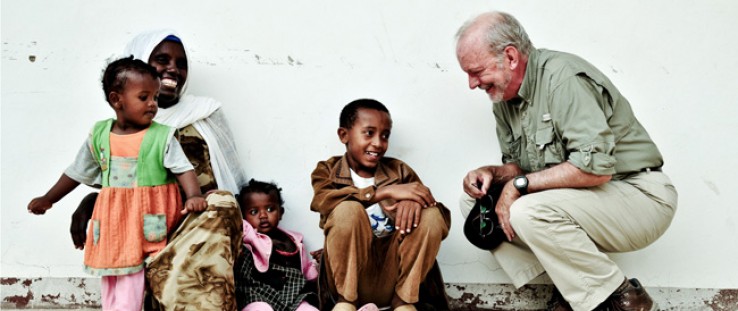 Anthony Lake converses with a family outside a health center in Ethiopia in June 2009, before taking up his post with UNICEF, as part of a trip with ONE.
ONE / Morgana Wingard
Anthony Lake converses with a family outside a health center in Ethiopia in June 2009, before taking up his post with UNICEF, as part of a trip with ONE.
ONE / Morgana Wingard
 Anthony Lake converses with a family outside a health center in Ethiopia in June 2009, before taking up his post with UNICEF, as part of a trip with ONE.
ONE / Morgana Wingard
Anthony Lake converses with a family outside a health center in Ethiopia in June 2009, before taking up his post with UNICEF, as part of a trip with ONE.
ONE / Morgana Wingard
What will you be doing this Father’s Day?
Reading homemade cards? Playing catch with your kids? Grilling in the back yard with the family?
We often take such simple pleasures for granted. But, elsewhere, millions of fathers around the world will struggle to help their children survive and thrive.
In our respective roles, we meet these fathers — in remote villages, bustling cities, and refugee camps. They tell us inspiring stories of their fight to care for their families, but also the heartbreaking accounts of much-loved sons and daughters who have lost their lives to preventable diseases like malaria, pneumonia, diarrhea and HIV.
Every year, 6.9 million children under five die from these and other causes. 19,000 every day. That is equivalent to a stadium like Madison Square Garden filled to capacity.
Even crueler is the geography of fate. A child in sub-Saharan Africa is over 14 times more likely to die before reaching her or his 5th birthday than a child in the United States.
These deaths are more than a tragedy for individual children. They shatter families, diminish communities and hold nations back from progress and prosperity.
But amidst these sad statistics, there is cause for hope. Increasingly, innovations — new products, new technology and new applications of existing technology — help us reach the most disadvantaged communities and the most vulnerable children quickly and inexpensively.
For example, there are groundbreaking long lasting insecticide-treated bed nets that drastically reduce the number of children who die from malaria.
Or the three-drug regimen in one pill daily for pregnant women living with HIV. It protects their own health and helps prevent their babies and partners from HIV infection.
Or new vaccines to prevent pneumonia, diarrhea and cholera.
Thanks to innovations like these, we have an unprecedented opportunity to virtually end preventable child death. And we can do it in a generation.
To reach this goal — one year ago — the Governments of Ethiopia, India and the U.S., with UNICEF’s support, rallied the world behind the Child Survival Call to Action. It inspired a global movement — Committing to Child Survival: A Promise Renewed. Momentum continues to build and, today, 174 countries and over 400 civil society and faith-based organizations have taken up the charge in their own commitments.
In Zambia, First Lady Dr. Christine Kaseba is helping to roll out a plan focused on nutrition and immunization that will save more than 26,000 children each year. In the Democratic Republic of Congo, the Ministry of Health is implementing a plan to save half a million children by 2015. This includes distributing pre-packaged family kits that contain medicines and other supplies to prevent, diagnose and treat malaria, diarrhea and respiratory infections.
Similar initiatives are underway in Ethiopia, Bangladesh, Yemen and beyond, where governments, civil society and the private sector are mobilizing to fulfill the promise to give every child the best possible start in life.
In today’s world, great global ambitions require strong partnerships between the public and private sector. In India, a small pharmaceutical company is developing a new zinc syrup to help get a life-saving treatment for diarrhea into rural communities. Through the Helping Babies Breathe Alliance, private sector entrepreneurs and medical professionals are training and equipping over 100,000 health workers in 54 countries with life-saving tools such as affordable resuscitation equipment. The results are impressive. A study from Tanzania showed that these tools led to a 47 per cent drop in newborn deaths during the first 24 hours of life.
For the first time in history, we have the tools to end preventable child deaths. Now, we need to build the momentum.
Through new partnerships and a relentless focus on results, we can give fathers everywhere the same opportunity that so many of us will have today: to watch our children grow and thrive; to cheer them at a ball game; to nurture their curiosity; to support their dreams and take pride in their achievements. Isn’t that what every father wants for his child?
Co-authored by Rajiv Shah, Administrator for the U.S. Agency for International Development (USAID) and Anthony Lake, Executive Director of the United Nations Children’s Fund (UNICEF).
Follow Anthony Lake on Twitter @UNICEF.
Follow Raj Shah on Twitter @rajshah.
This article originally appeared on the Huffington Post Blog in June 2013







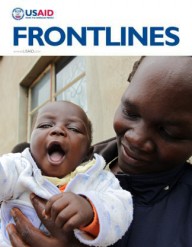

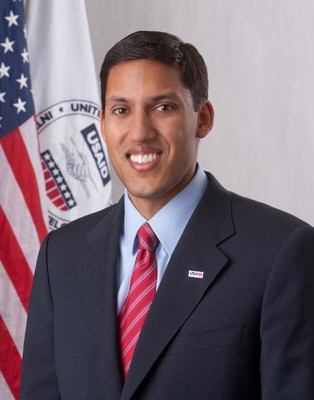
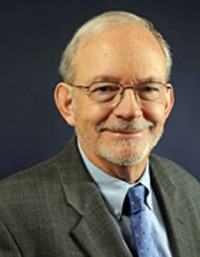
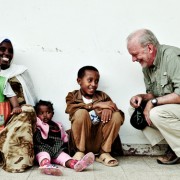
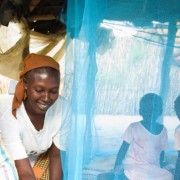
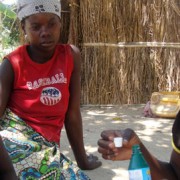
Comment
Make a general inquiry or suggest an improvement.